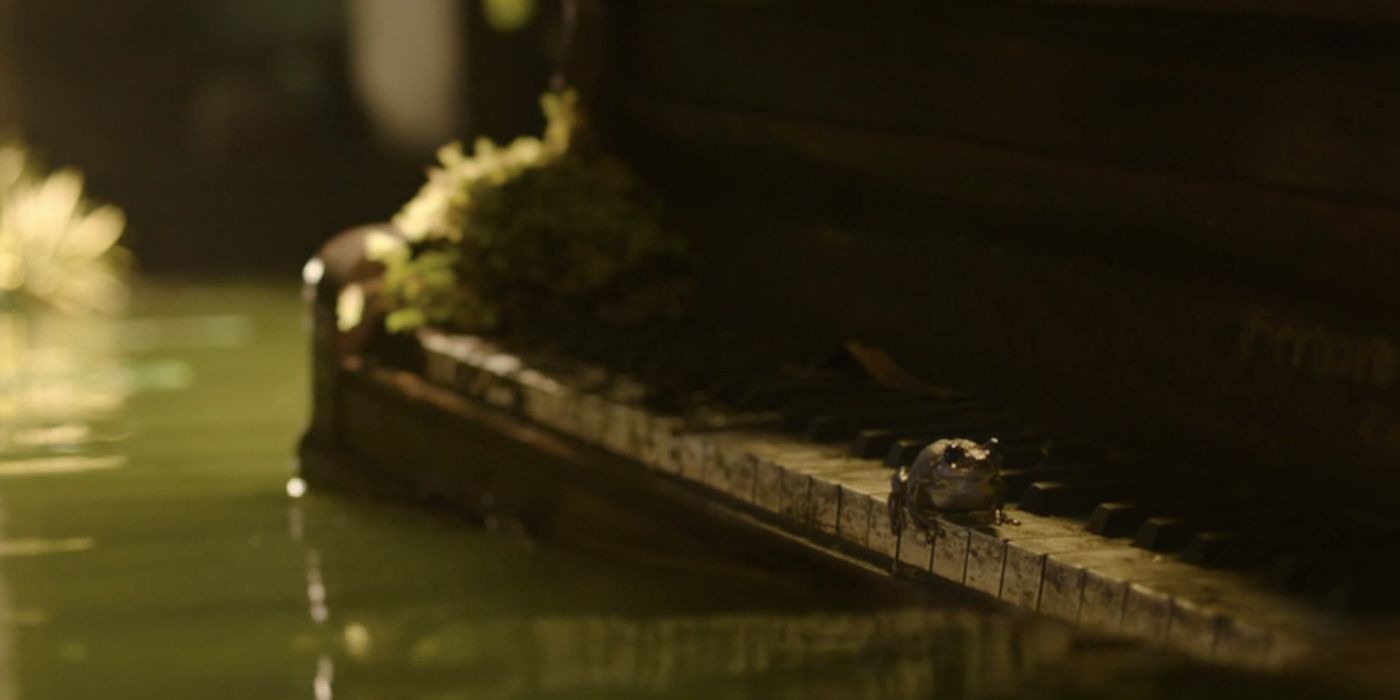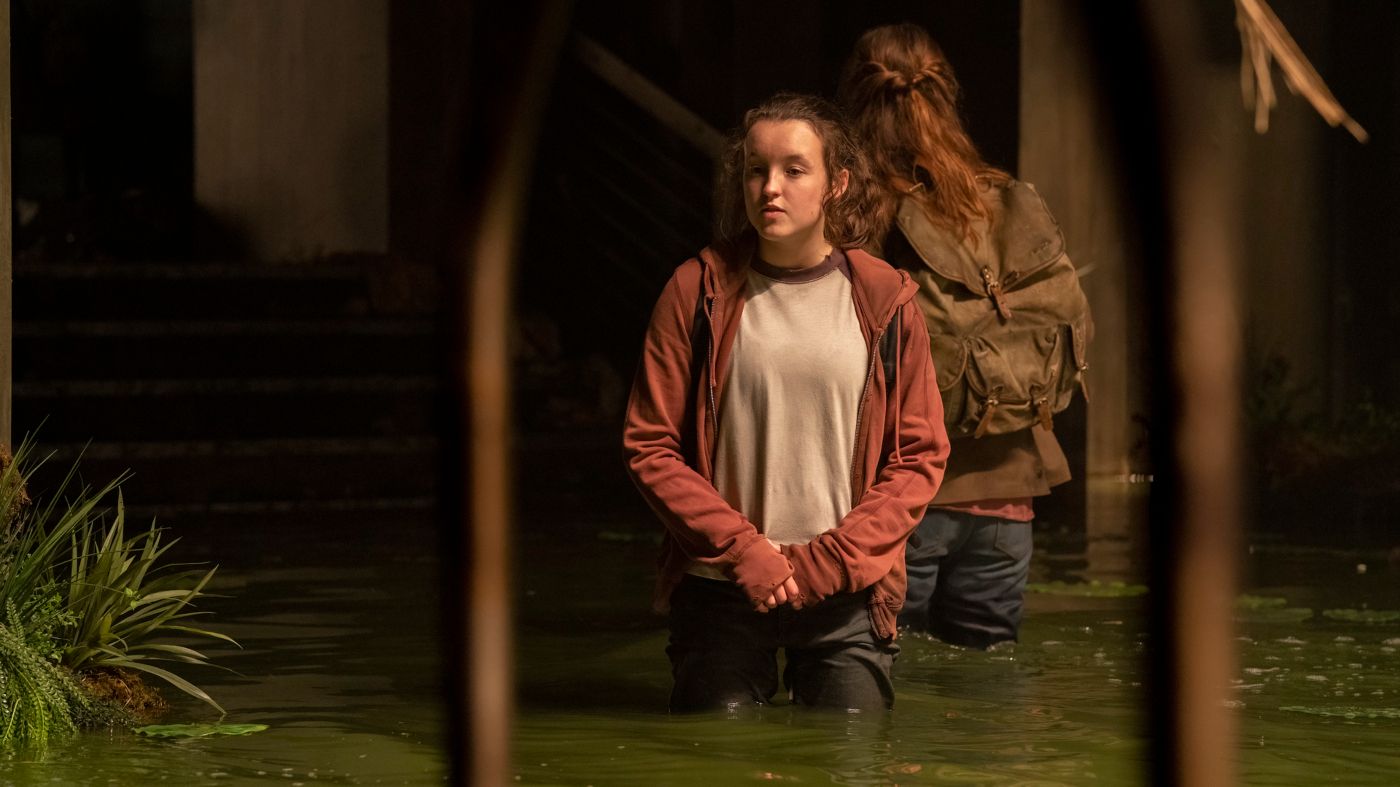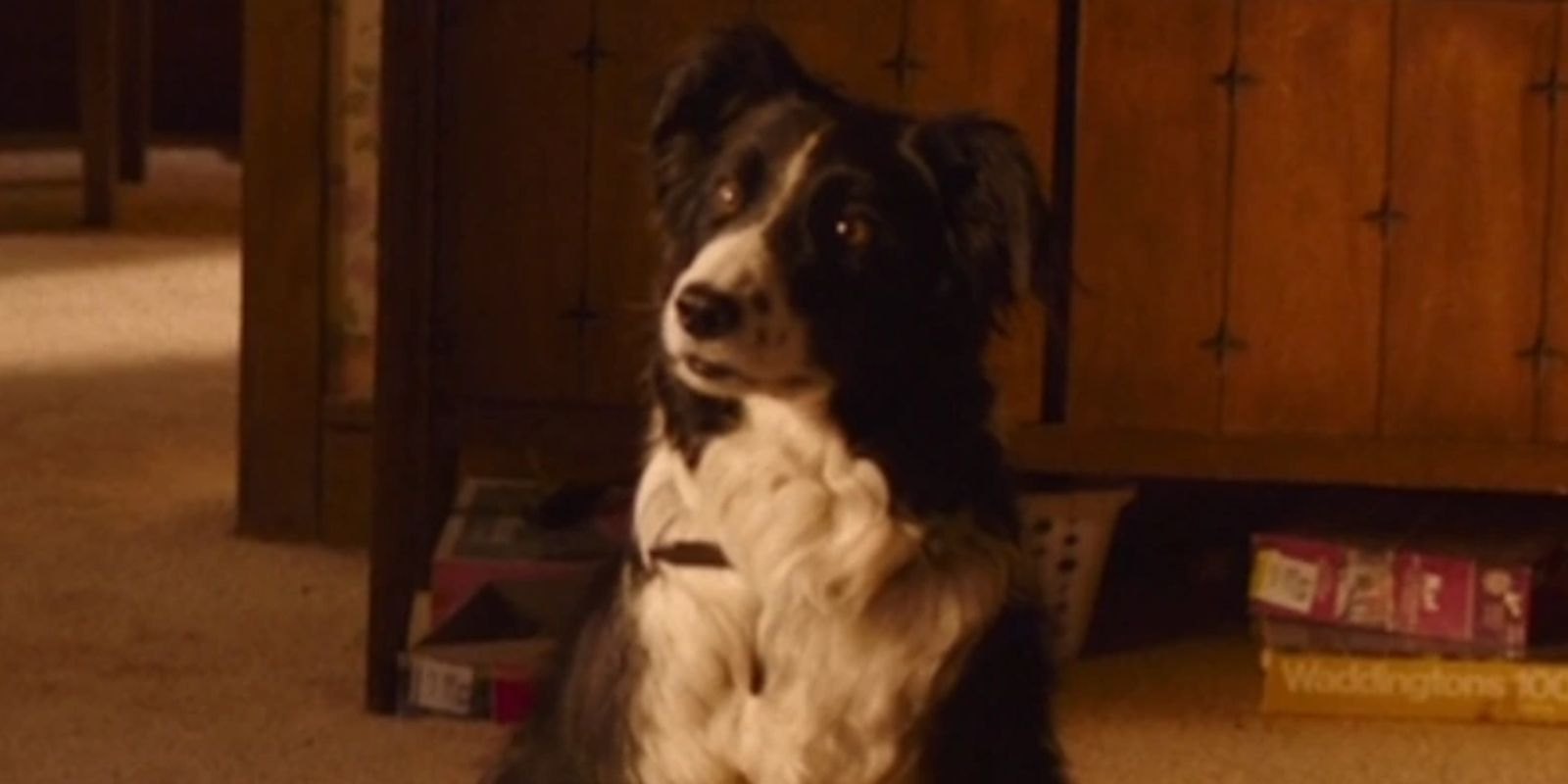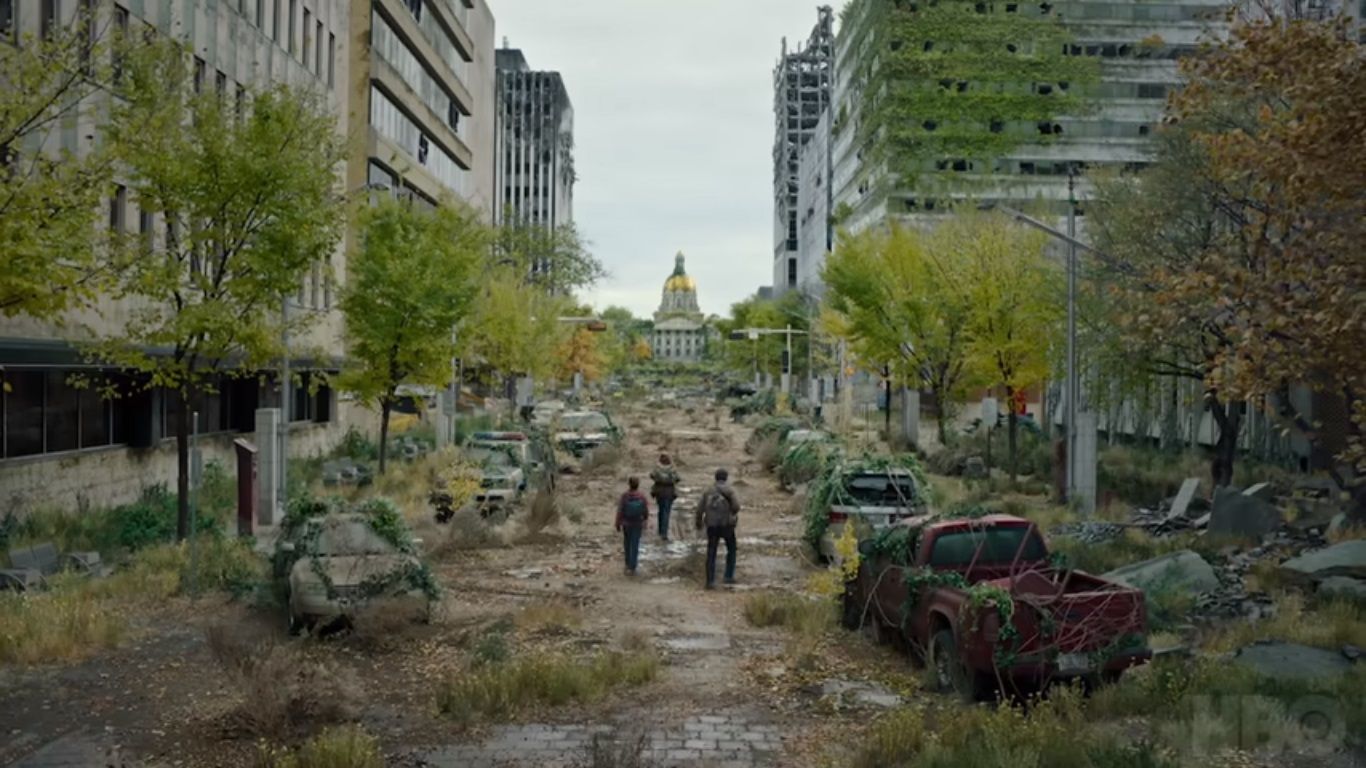Editor's note: The below contains spoilers for Episode 2 of The Last of Us.HBO's new series, The Last of Us, has made big waves in only a few weeks. Based on a video game of the same name, the show tells the story of a few survivors trying to make it in a dangerous, post-apocalyptic world. After a mutated disease infects much of the population, the world is in a permanent military state. The infected, who quickly become a type of zombie, are banned from the cities where the survivors live. But after two decades of this sort of control, resistance groups look to take over the situation. The show follows Joel (Pedro Pascal), a former soldier and grieving father, as he takes the spunky, 14-year-old Ellie (Bella Ramsey), who has the ability to resist the virus, to doctors who are looking for a cure.
With only two episodes released, The Last of Us has already proven to be unlike other dystopian stories. For one thing, it is frighteningly realistic. The opening sequence of the premiere episode discusses fungi that can take control of ants. Though this exists, they cannot survive in human hosts due to temperature, but as the scientist in the show's first scene, Dr. Neuman (John Hannah), points out, if they were to adapt due to, say, the world growing warmer, that would change. Another way The Last of Us sets itself apart is the inclusion of animals in passing shots. Initially, these moments may not seem significant, but the casualty and the realism make their inclusion so important.
Most post-apocalyptic worlds are bleak places, and the world of Last of Us is no different. But the inclusion of animals definitely stands out. At first, these moments seem like insignificant transitions, but they are so much more than that. Episode 2, "Infected," shows Joel, Ellie, and Tess (Anna Torv) traveling through an abandoned city full of infected people. As they go, they explain that most cities were bombed to slow the spread of the disease. Yet as they make their way to the ruins of a hotel, the camera lingers on a frog jumping on a piano. Of course, the noise is meant to startle the audience and emphasize the absence of people, but our musical friend is much more than a fun way to release the tension. The episode also includes ducks swimming in a pond that formed in what was once the hotel lobby. This peaceful moment contrasts with the obvious destruction that surrounds them. Unlike other post-apocalyptic stories, which rarely mention how wildlife fares in the new world, The Last of Us provides brief moments for these creatures, giving the story greater realism and more context about the disease without needing exposition.
The Realism of Wildlife in 'The Last of Us'
The world in The Last of Us has taken many cues from reality. With the plot relying on climate change to spread the disease, it should be no surprise that scientific concepts made it into the show as well. In this case, the simple truth featured is the fact that humans are the biggest threat to wildlife. Specifically, The Last of Us exemplifies habitat depletion by showing where the animals are after humans are gone. In the story, people are primarily confined to quarantine zones, while the infected exist outside the walls.
As Joel, Ellie, and Tess journey beyond the walls, they encounter the infected, who seem to be fairly self-contained unless provoked. The infected don't require civilization, meaning the animals have free rein. Realistically, it makes sense for the animals to thrive in the destroyed world when the people are either dead or contained in a different area. Of course, living creatures would take over, making the ruins of the city their habitat. Without the interference of humans, animals can take over and survive in the post-apocalyptic landscape, and The Last of Us demonstrates that.
What Does the Animals' Existence Say about the Disease?
The show has yet to reveal a lot about the disease known as Cordyceps infection. The first few episodes seem to explain that it is transferable through bites from the infected. But, so far, it only affects people, and moments like the ducks in the pond indicated that animals are immune, or at least some animals. Of course, it could impact other species, but ducks and frogs are safe, meaning other animals could have survived as well.
The first episode, "When You're Lost in the Darkness," shows the early days of the infection when an old woman attacks her family, but the dog escapes, and though he is clearly scared, he seems to survive. 20 years later, this poor dog is likely no longer around, but his initial survival is worth noting. The peace of the ducks and frog, along with the survival of the poor dog, show that the infected don't target animals. The infected follow noises, but Tess explains to Ellie that they have a hive mind. With the bombings to prevent spread, there were certainly animal casualties, but some life continuing on unaffected by the apocalypse is a reassuring sign.
The Animals Bring a Taste of Hope to 'The Last of Us'
Despite the dark, uncertain times, these creatures survived. They reclaimed the city, living in the ruins even after the outbreak took hold. The resilience of the wildlife is astounding. Their mere existence is proof that hope isn't lost in this world. Some life is capable of withstanding the end of the world, even if it can't be humans. The city was obliterated, but that doesn't make it incapable of supporting life. The wild animals thrive in the ruins of the former city, creating a stark contrast with the world around them. While adding these creatures may not seem like much initially, it adds layers to the world and offers a small glimpse of hope by showing the survival of some life.
It's not commonplace for post-apocalyptic worlds to include animals. The Last of Us used that fact to its advantage, making the realistic and surprisingly hopeful point that whatever happens to humans doesn't have to be the end of all life.
The Last of Us premieres new episodes every Sunday on HBO and HBO Max.




